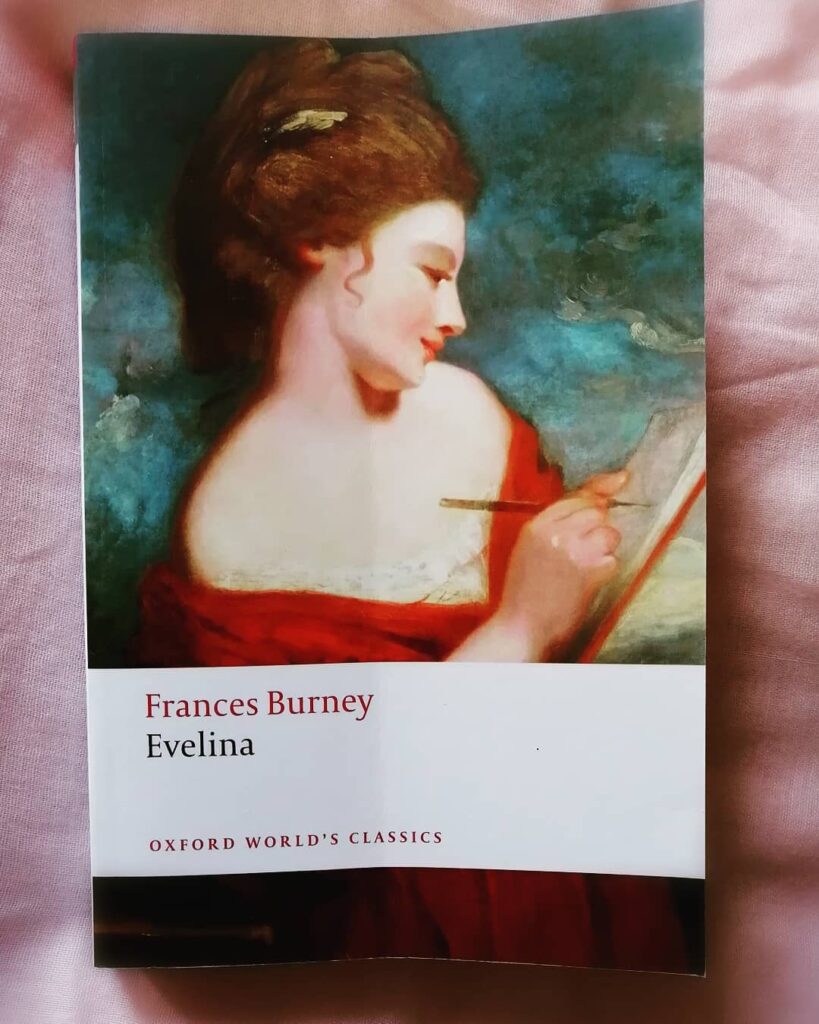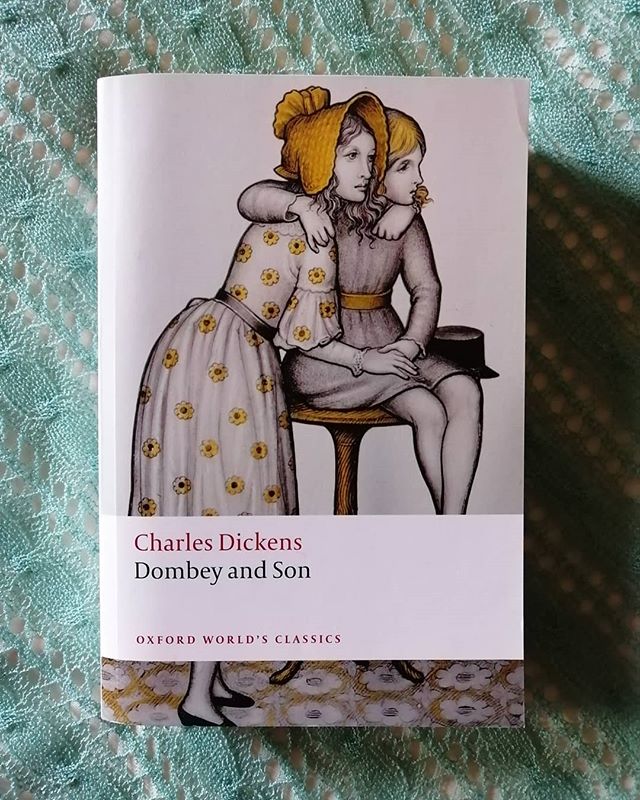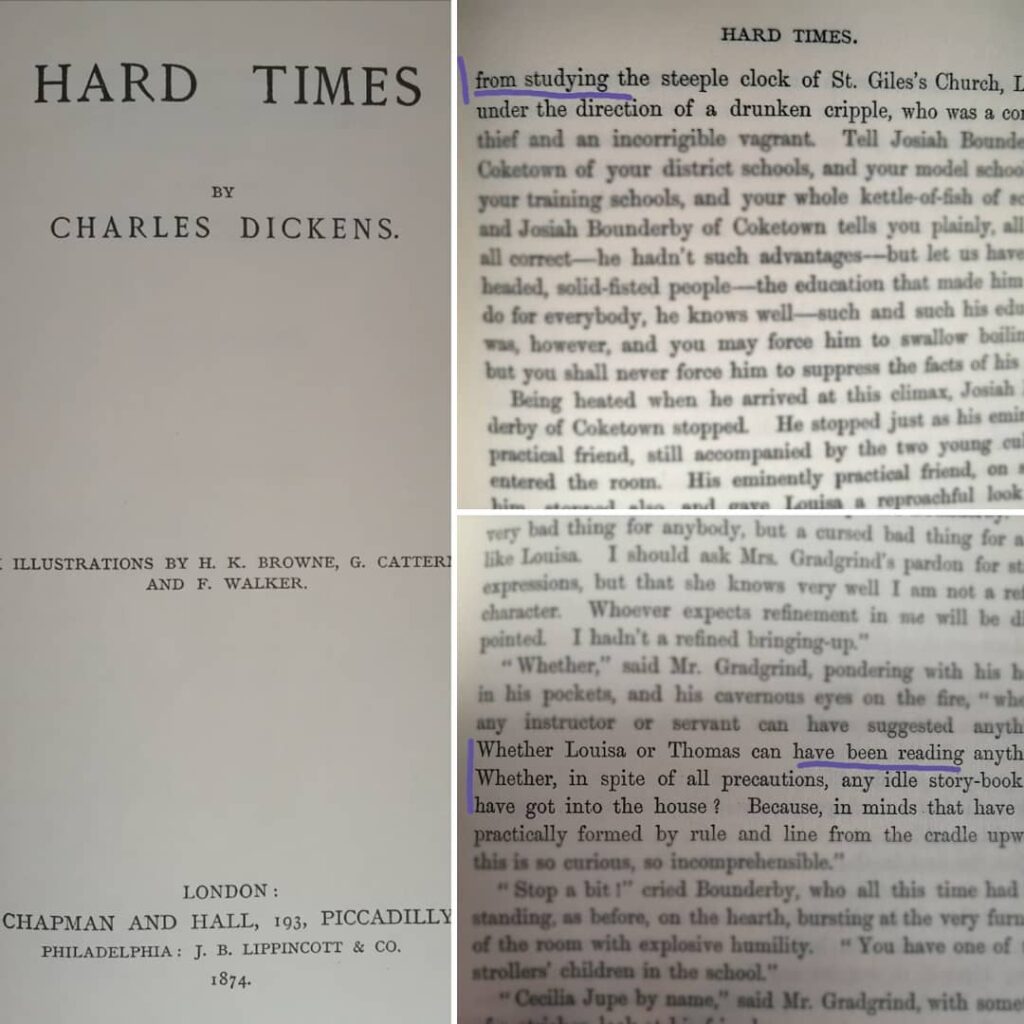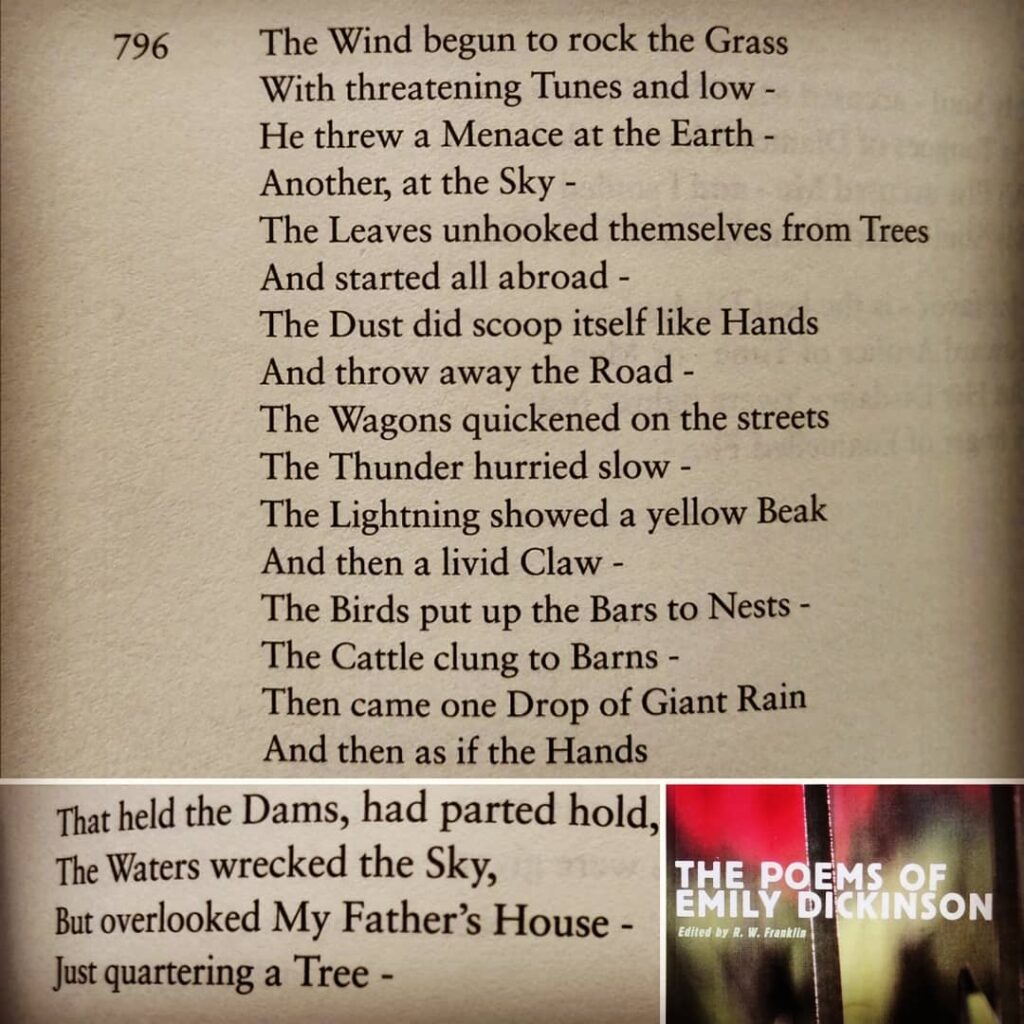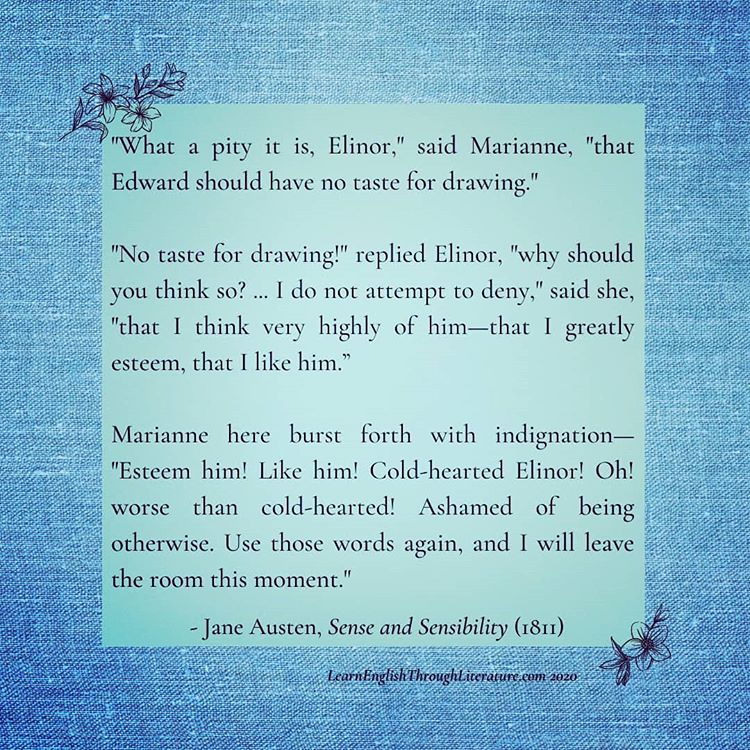Lesson #131: All Hallow’s Eve Reflections On Autumn, With Scottish Poet James Thomson
The last day of October, Halloween, or ‘All Hallow’s Eve’ as it used to be called! I personally don’t like dark and spooky stories, so to end the month of October, I’m going to share with you something bright and cheerful: a picture of the sun shining on the birch trees at the bottom of […]
Lesson #131: All Hallow’s Eve Reflections On Autumn, With Scottish Poet James Thomson Read More »


